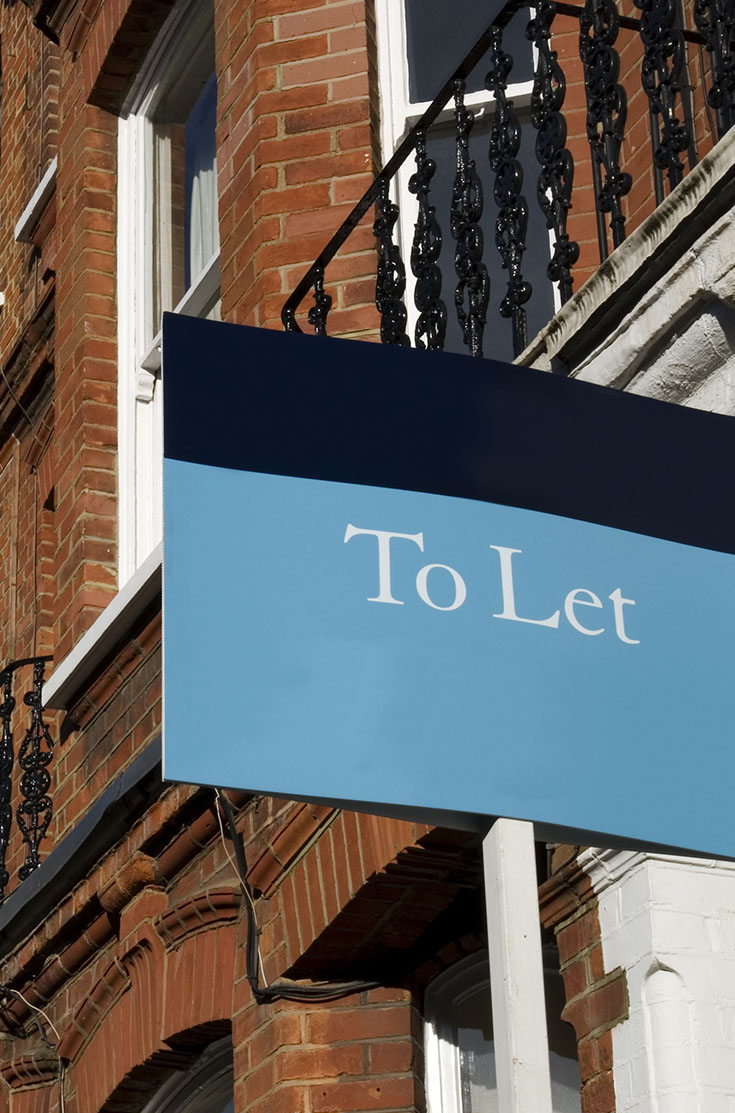Buy-to-let mortgages allow virtually anyone to purchase a property and then rent it out. It’s become a very popular investment option for many people in the UK. It’s not surprising, accessing the buy-to-let market is surprisingly easy and it can be a lucrative investment opportunity with stable returns. Of course, the key to buy-to-let is securing the right deposit. Here’s what you need to know about buy-to-let deposits.
How Much is the Buy-to-Let Mortgage Deposit?

Understanding deposit requirements for buy-to-let mortgages
Residential mortgages can be secured with deposits as low as 5%. However, buy-to-let mortgages are higher risk. Lenders tend to ask for a minimum of 20%, with some asking for over 30% deposit. Of course, just as with residential mortgages, the bigger your deposit the easier it is for you to get the best mortgage deals.
If you’re hoping to secure a buy-to-let mortgage, there are two things you need to do. The first is to contact a buy-to-let mortgage specialist, they will help you secure the best deal and get your application approved. The second is to secure yourself a deposit.
Factors influencing buy-to-let mortgage deposit amounts
While lenders generally look for a minimum 25% deposit, other factors will influence their decision. In some cases, this can push the required deposit up, and occasionally, it can even bring it down.
House location
You may be surprised to learn the house location makes a difference. For the lender, it’s all about risk. If you’re purchasing a property in a well-respected and affluent area, you shouldn’t have a problem getting tenants or worrying about crime. Lenders will generally be happier with lower deposits because they are confident, they can get their money back one way or another. The opposite is true if the property is in a less-affluent or high-crime area.
Lender rules
Every lender has their own rules, this can affect how much deposit they require. It’s often related to your experience as a landlord and the value of the property you’re hoping to buy. These rules are applied to all borrowers, you need to check them before you agree to any mortgage deal.
The market
A market experiencing a downturn means property prices are falling. Lenders will assess how much they are likely to fall and what this will do to the value of your property. The bigger the potential drop, the greater the deposit they’ll require. It’s simply a matter of protecting their investment. The opposite is true if the market is climbing, lenders may even reduce the amount of deposit required.
Credit rating
Your lender will check your credit rating and, the lower it is the higher your interest rate is likely to be. It can also trigger a lender to ask for a bigger deposit.
How to calculate buy-to-let mortgage deposit
Although every lender is different, the consensus is that a 25% deposit is needed. That means the lender will only give you up to 75% of the property, (this is the loan-to-value (LTV)). To calculate what your deposit is simply multiply the value of the house by 25%. If your calculator doesn’t have a % button, divide the house value by 100 and multiply it by 25. For a property valued at £200,000:
- £200,000 x 25% = £50,000
- £200,000/100 x 25 = £50,000
Don’t forget, that the value of the property may be lower after the survey has been completed, this can affect the deposit amount and the amount the lender will offer.
Strategies for saving for buy-to-let deposit
The average property price in the UK, as of December 2023, was £285,000. To purchase this with a standard 75% LTV you’ll need a £71,250 deposit. That’s a significant sum and not one you can easily save by putting a little aside every month. Although, if you do have savings, you can use these for the deposit!
The most common approach to raising a deposit is to release equity from an existing property. This can be your primary residence or an existing buy-to-let property. In effect, you’re remortgaging to acquire the needed funds.
Alternatively, you can look at investing money to multiply it and build a deposit. This is a higher-risk approach, especially if you are trying to grow funds fast. It’s also possible to find other investors, allowing you to purchase a property to let with others, reducing the deposit required, the risks, and the rewards. However, you’ll probably want to create a buy-to-let limited company for this. It’s worth talking to an expert before committing to this approach.

The impact of loan-to-value (LTV) ratios on buy-to-let mortgages
The LTV is the maximum amount a lender will give you toward a property. The higher this percentage, the more risk the mender takes. As always, lenders are looking to protect their interests. The greater the risk, the higher the interest rate they’ll charge. They may also extend the term of your mortgage to help ensure you can repay it all.
While this will help you purchase a buy-to-let property, it comes at a cost. Higher interest rates and longer-term loans can add thousands to the amount you repay over the years. You need to make sure you know what you will be paying throughout the loan and that it’s worthwhile. The simplest way to minimise purchasing costs is to have a bigger deposit and, therefore, a lower LTV.
Tips for navigating the buy-to-let mortgage application process
Before you apply for a buy-to-let mortgage you should spend some time preparing yourself and your finances:
Check documents
Lenders tend to be stricter when providing buy-to-let mortgages. You’ll need proof of your income, ID, copies of your bank statements and up to three years of tax returns. You’ll also need details of what you want to borrow, how much deposit you have, and a list of your monthly expenses, including debt repayments. It’s worth checking with your broker to ensure you have all the relevant documentation in place before you apply.
Look at your credit score
The higher your credit score the better the deal you’ll be offered. Check with the three major agencies, Experian, Equifax, and TransUnion, if you notice any errors on your report tell them and have them removed. You should also avoid applying for loans and make sure your debt-to-income ratio is 30% or lower. If it isn’t, create a plan to reduce your debts before you apply for a buy-to-let mortgage.
Compare lenders
A reputable mortgage specialist will compare lenders for you. It’s important to look at all the deals available to help ensure you get the best one. A low deposit amount or lower monthly payments doesn’t mean you’re getting the best deal.
What are the next steps for prospective landlords?
If you’re ready to become a landlord start organising your documentation and tidying your credit record. You should then work out how you can arrange a deposit and how much this is likely to be. Remember, your deposit is 25% of the purchase price, knowing your deposit amount will allow you to calculate the property value you can afford. It is then possible to look at properties to see what options are open to you.
Before applying, contact us for a consultation. We can help you secure the best possible deal.
Make an Appointment
Send a request and we’ll schedule a meeting
